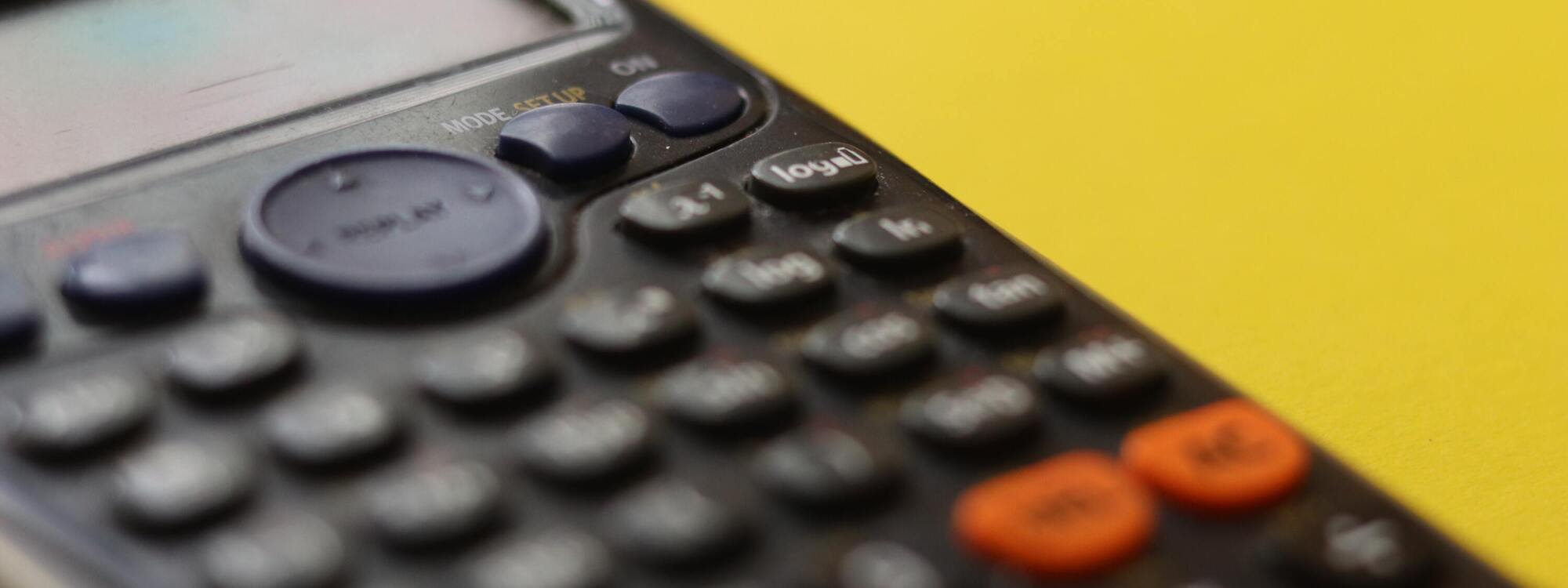- Home
- Sixth Form
- Sixth Form Curriculum
- Mathematics
Mathematics
| Specification | OCR A Level Mathematics H640 |
|---|---|
| Contact | Miss G Hughes (Learning Director of Mathematics) |
| Entry Requirements |
Students will need a Grade 6 or higher at GCSE. |
Is this course for me?
You enjoy Maths and have a willingness to solve problems, keep trying, seek assistance and discuss with staff and fellow students to further your understanding.
Opportunities
Mathematics is a valuable supporting subject, especially for the sciences, geography, psychology, medicine, economics and law. Careers can be found in engineering, architecture, medicine, accountancy, economics, teaching, psychology, environmental studies and computer sciences.
It’s really satisfying – when you have a difficult question to do and you get the right answer, it’s great!
Qualification Structure
The three overarching themes of the new A Level Mathematics specification are:
- Mathematical argument, language and proof
- Mathematical problem-solving
- Mathematical modelling
First Year
Pure Maths
You will build on and develop techniques learnt at GCSE in order to gain the fluency required for advanced maths. These include algebraic manipulation, coordinate geometry and trigonometry.
You will also be introduced to new concepts which are fundamental to advanced maths. These include exponential and logarithmic functions and calculus.
Applied Maths
You will learn a combination of statistical and mechanical techniques that will help you solve complex problems that are intrinsically linked to real-world contexts.
Second Year
Pure Maths
You will build on and develop techniques learnt in the first year, with an emphasis on proof and calculus. You will also learn about advanced sequences and their use in mathematical modelling. This culminates in further applications to real-world problems.
Applied Maths
You will gain a deeper understanding of probability and data distributions and be able to carry out further hypothesis testing which is integral to so many scientific studies. You will also learn how to model the effects of gravity, friction and turning moments in everyday situations.
